Launch Alaska Commercial Demonstration Framework: Bridging Innovation and Deployment
The Challenge:
Many promising climate technologies stall after early research and development and pilot stages. They remain unproven at commercial scale and unadopted in Alaska’s unique operating environments. This “valley of deployment” creates a major bottleneck in the transition from lab-tested innovation to real-world impact.
Our Niche: Demonstration Projects at the Commercial Inflection Point
Launch Alaska focuses on supporting climate tech companies and projects in the commercial demonstration stage - a critical, often underfunded phase in the commercialization journey. Through our Tech Deployment Track and other commercial projects, we help companies move from initial pilots to successful early commercial-scale deployments in real-world settings.
Commercial demonstration projects are early deployments with a commercial agreement that test whether a technology can succeed in real-world conditions, particularly in complex and remote environments like Alaska. They bridge the gap between pilot testing and full commercialization by validating technical performance, building community trust, and unlocking follow-on investment and adoption.
Why Commercial Demonstration Projects Matter
At this stage, the climate technology is:
Past the lab and prototype phase
Technically viable, but not yet de-risked at scale
In need of validation in Alaska’s complex, remote, and harsh environments
Ready to be seen and evaluated by customers, communities, and capital providers
Technology Readiness Level (TRL) 7-8
Department of Energy Adoption Readiness Level (ARL) 3-6 (medium readiness)
Yet these projects face a gap:
Capital: Too risky for traditional lenders or investors
Permitting and/or Policy: Not well understood by regulators
Community Trust: Still unproven locally
What We Do
Launch Alaska partners with climate tech companies and communities to:
Structure and fund commercial demonstration projects in Alaska
Build coalitions around use-case validation (remote microgrids, cold-climate electrification)
De-risk commercialization by supporting early procurement, workforce training, permitting navigation, and stakeholder engagement
By focusing on this pivotal stage, Launch Alaska accelerates climate tech commercialization, infrastructure modernization, economic development in Alaska and the Arctic, and real emissions reductions and resilience outcomes.
Key Differences at a Glance
Pilot Project = “Can it work?” → Commercial Demonstration Project = “Will it work in Alaska conditions with commercial and community partners?” → Commercial Scale Project = “Can it succeed in the market at scale?”
Pilot
Risk Level: High technical risk
Funding Source: Grants, R&D budget, venture capita
Timeframe: Weeks to months
Commercial Demonstration
Risk Level: High deployment risk
Funding Source: Public-private mix, grants, venture capital investment
Timeframe: Months to 1-2 years
Commercial
Risk Level: Market risk, but low technical uncertainty
Funding Source: Revenue, commercial investment
Timeframe: Multi-year, recurring
Clarifying the Stages
1. Pilot Project (Feasibility Testing)
-
Showcase the technology’s performance and benefits in a real-world or representative setting
-
Larger scope and duration
Pre-commercial but operational at scale
May involve paying customers or public visibility
-
TRL 7-8
-
ARL 3-6 (Medium)
Unclear cost parity or off-take
Limited capital flow
Weak license to operate (permits, perception)
Need for local proof
-
Deploy in the field (e.g. remote microgrid, industrial site, islanded grid)
Engage local partners
Track performance and environmental or economic metrics
Prepare for permitting, financing, and scaling
-
Startups or small and medium enterprises
Utilities, municipalities, tribes
Funders, grantmakers, innovation accelerators (like Launch Alaska)
-
Technology proves reliable in real conditions
Local champions/support
Follow-on deployments lined up
Attracts private investment or procurement interest
2. Commercial Demonstration Project (Proving Viability)
-
Determine if the technology or service can work in a limited, controlled setting.
-
Small-scale, limited duration
Often lab-based or isolated deployment
Funded by R&D or innovation grants
-
TRL 6-7
-
ARL 1-3 (Low).
High technical and market risk; unclear customer base or use case
-
Test core technical functions
Gather early user feedback
Identify operational bugs or challenges
-
Internal R&D teams
Academic or lab partners
Select early users
-
Functional prototype validated
Technical feasibility proven
Lessons learned to improve product
3. Commercial Project (Full Market Rollout)
-
Scale up technology to compete in open market and drive widespread adoption
-
Deployed at scale (Nth of a Kind or beyond)
Backed by private capital or public procurement
Subject to commercial pressures and customer expectations
-
TRL 9+
-
ARL 7-9 (High)
Ready for market pull, but needs policy alignment, supply chain scaling, or infrastructure support
-
Manufacture at commercial volumes
Secure long-term contracts
Expand sales, service, and distribution channels
Build out workforce and operations
-
Company executives and investors
Commercial buyers
Policy and finance partners
-
Product is financially viable
Market share grows
Reliable revenue generation
Tech contributes to resilience or economic goals

